Carlos Manuel de Céspedes
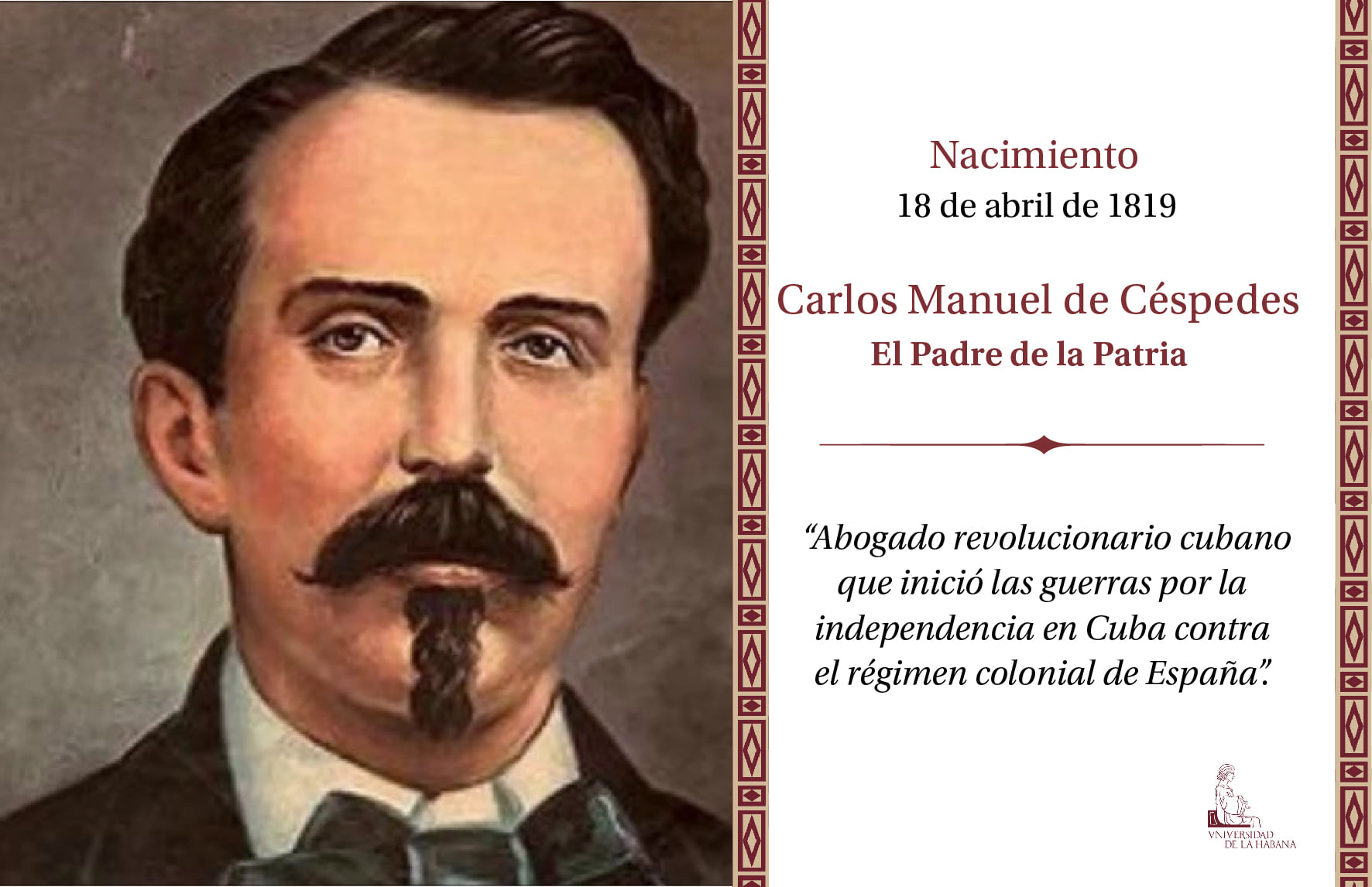 Born into an affluent sugar plantation family in Bayamo in 1819, Carlos Manuel de Céspedes y del Castillo’s revolutionary ideals were kindled during his law studies in Spain. Upon returning to Cuba, he covertly orchestrated a clandestine independence movement, culminating in a watershed event on October 10th, 1868. At his La Demajagua plantation, Céspedes proclaimed Cuba’s independence, igniting the “Grito de Yara” (Cry of Yara) – the catalyst for the island’s decade-long struggle against Spanish rule.
Born into an affluent sugar plantation family in Bayamo in 1819, Carlos Manuel de Céspedes y del Castillo’s revolutionary ideals were kindled during his law studies in Spain. Upon returning to Cuba, he covertly orchestrated a clandestine independence movement, culminating in a watershed event on October 10th, 1868. At his La Demajagua plantation, Céspedes proclaimed Cuba’s independence, igniting the “Grito de Yara” (Cry of Yara) – the catalyst for the island’s decade-long struggle against Spanish rule.
In a powerful symbolic gesture, Céspedes liberated his enslaved workers, inviting them to join the independence fight. This act earned him the revered title “Padre de la Patria” (Father of the Homeland). His unwavering commitment was further exemplified when Spanish soldiers threatened to execute his son Oscar unless he surrendered. Céspedes responded by proclaiming that all Cubans fighting for independence were his sons, a declaration that cost Oscar his life at the hands of a firing squad.
Elected the first President of the Republic in Arms, Céspedes led the revolution until 1873, when internal conflicts prompted his deposition. Though the 10-year war ultimately failed, the inextinguishable desire for independence it sparked paved the way for future uprisings. Céspedes’ legacy is etched into Cuba’s fabric, with numerous streets and public spaces bearing the name “Diez de Octubre” (10th of October) in honor of his pivotal declaration.
José Martí Pérez
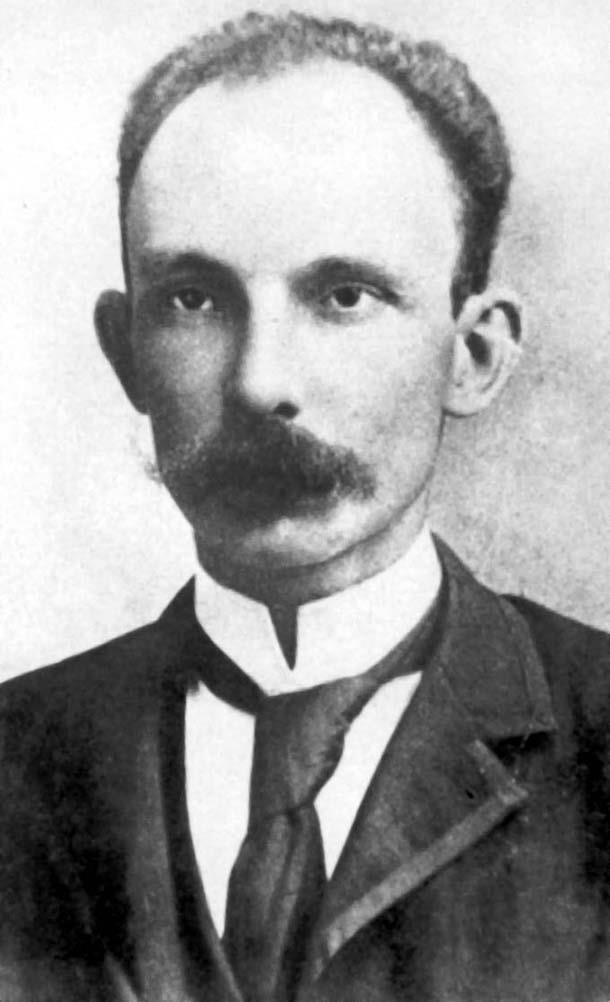 Born to Spanish parents in Havana in 1853, José Martí Pérez’s childhood was divided between Cuba and Spain. From an early age, he ardently supported the revolutionary fight for Cuban independence and the abolition of slavery. At just 15, when the 10-Year War erupted, Martí and his best friend Fermin joined clubs championing the nationalist cause. A year later, their co-authored letter accusing a friend of treachery for joining the Spanish army led to their imprisonment and Martí’s subsequent banishment to Spain.
Born to Spanish parents in Havana in 1853, José Martí Pérez’s childhood was divided between Cuba and Spain. From an early age, he ardently supported the revolutionary fight for Cuban independence and the abolition of slavery. At just 15, when the 10-Year War erupted, Martí and his best friend Fermin joined clubs championing the nationalist cause. A year later, their co-authored letter accusing a friend of treachery for joining the Spanish army led to their imprisonment and Martí’s subsequent banishment to Spain.
Separated from his family and homeland, Martí’s prolific writings shed light on Spain’s brutality in Cuba. A literary genius revered by Cubans and exiles alike, he is celebrated for his vast collection of works spanning journalism, philosophy, poetry, and even a children’s magazine called “La Edad de Oro” (The Golden Age), his most popular publication and a must-read for all ages.
Martí tirelessly campaigned for Cuba’s revolution through dynamic speeches and writings as he traveled across Latin America and the United States. Foreseeing the danger the USA posed for Latin America, particularly Cuba, he amassed support and funding that yielded a second chance for independence on February 24th, 1895, when war reignited. This time, Martí was not content as a mere spectator wielding his pen; he returned to Cuba to join the combat.
On May 19th, 1895, disobeying orders to stand back at the Battle of Dos Rios, Martí charged out on a white stallion, an easy target for Spanish bullets. His body was buried and disinterred five times before finding eternal rest at the Santa Efigenia cemetery in Santiago de Cuba, where an eternal flame burns in his honor.
Camilo Cienfuegos Gorriarán
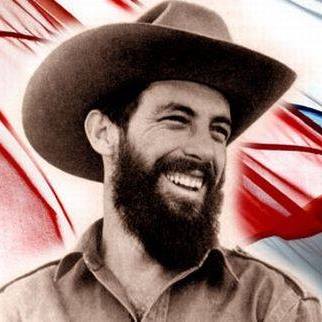 Hailing from Havana’s humble Lawton neighborhood in 1932, Camilo Cienfuegos Gorriarán embodied the spirit of the Cuban people. Joyful, humorous, sociable, a true patriot, and a baseball enthusiast, Cienfuegos learned of Fidel Castro’s revolutionary plans from a friend while working in the US. He promptly joined Fidel and Che Guevara on the Granma yacht expedition to fight in the Sierra Maestra mountains.
Hailing from Havana’s humble Lawton neighborhood in 1932, Camilo Cienfuegos Gorriarán embodied the spirit of the Cuban people. Joyful, humorous, sociable, a true patriot, and a baseball enthusiast, Cienfuegos learned of Fidel Castro’s revolutionary plans from a friend while working in the US. He promptly joined Fidel and Che Guevara on the Granma yacht expedition to fight in the Sierra Maestra mountains.
Cienfuegos swiftly rose through the ranks, becoming Che’s closest comrade and a fearless commander. Leading Column #2 of the revolutionary army, he liberated several towns and villages in the northern Las Villas province. His disappearance on October 28th, 1959, while flying from Camaguey to Havana, remains shrouded in mystery, with no evidence of a crash ever found. Cubans pay tribute to their beloved “Man of the People” by leaving flowers in the ocean and rivers on each anniversary.
Ernesto “Che” Guevara de la Serna
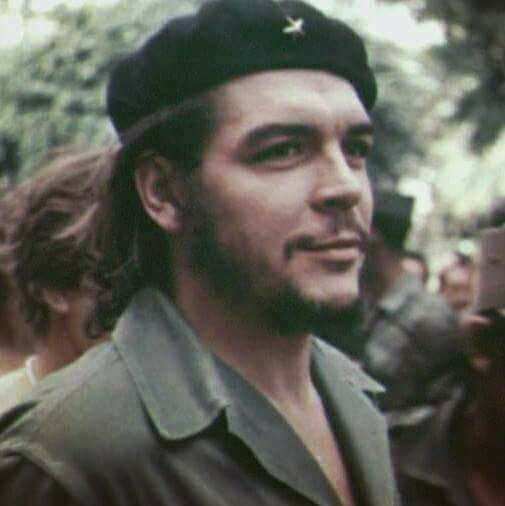 A doctor, revolutionary, and socialist, Ernesto “Che” Guevara de la Serna (born in Argentina in 1928) witnessed firsthand the misery and poverty caused by capitalist exploitation during his travels across Latin America. This profound experience transformed him into an unwavering crusader against capitalism. Joining the Castro brothers’ Granma yacht expedition as the expedition’s doctor, Che became the first commander appointed by Fidel during the guerrilla war, leading Column #8 of the rebel army to liberate the city of Santa Clara – the site of his massive statue and mausoleum.
A doctor, revolutionary, and socialist, Ernesto “Che” Guevara de la Serna (born in Argentina in 1928) witnessed firsthand the misery and poverty caused by capitalist exploitation during his travels across Latin America. This profound experience transformed him into an unwavering crusader against capitalism. Joining the Castro brothers’ Granma yacht expedition as the expedition’s doctor, Che became the first commander appointed by Fidel during the guerrilla war, leading Column #8 of the rebel army to liberate the city of Santa Clara – the site of his massive statue and mausoleum.
Following the Revolution’s triumph, Che held pivotal roles as Minister of Industry and President of the National Bank, leading delegations with foreign countries. Believing in the importance of voluntary contributions to society, he instituted voluntary work sessions on Sundays, encouraging people to spend their weekends harvesting sugar, constructing homes, schools, hospitals, and performing other social works – a practice that continues today.
Preferring an active role in the fight against capitalism, Che left to support guerilla armies in the Congo and later in Bolivia, where he was wounded, captured on October 8th, 1967, and executed the following day. The iconic “Guerrillero Heroico” (Heroic Guerilla Fighter) image immortalizes Che as a symbol of resistance, altruism, and humanist ideals worldwide.
Fidel Castro Ruz
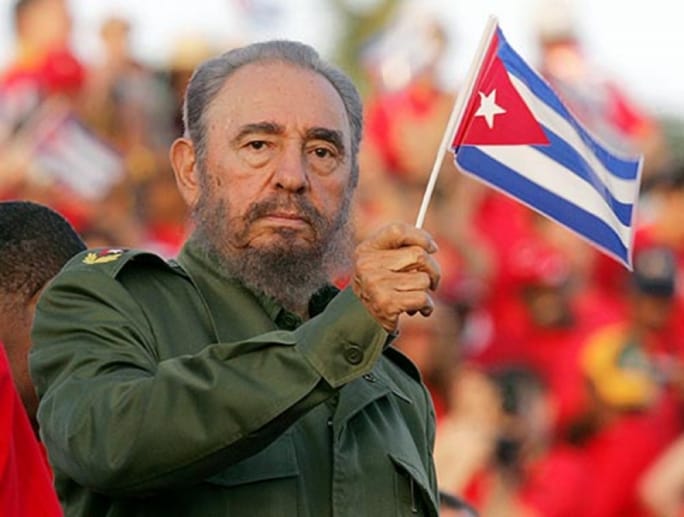 Born in Birán in 1926 into a wealthy family, Fidel Castro Ruz was a rebel from an early age. After graduating as a lawyer from the University of Havana in 1950, he took a radical stance against President Batista’s 1952 coup. On July 26th, 1953, Castro and a group of revolutionaries carried out a failed attack on the Moncada Barracks in Santiago de Cuba. Many of his captured comrades were tortured and executed, but Castro received a 15-year sentence, during which he wrote the revolutionary manifesto “La Historia Me Absolverá” (History Will Absolve Me), based on José Martí’s ideas.
Born in Birán in 1926 into a wealthy family, Fidel Castro Ruz was a rebel from an early age. After graduating as a lawyer from the University of Havana in 1950, he took a radical stance against President Batista’s 1952 coup. On July 26th, 1953, Castro and a group of revolutionaries carried out a failed attack on the Moncada Barracks in Santiago de Cuba. Many of his captured comrades were tortured and executed, but Castro received a 15-year sentence, during which he wrote the revolutionary manifesto “La Historia Me Absolverá” (History Will Absolve Me), based on José Martí’s ideas.
Released in 1955 due to a publicity move by Batista’s government, Castro continued his revolutionary activities, eventually being forced into exile in Mexico, where he met Che Guevara and organized the Granma expedition that launched the guerrilla war in 1956. After the Revolution’s triumph on January 1st, 1959, Castro became Cuba’s leader, implementing sweeping changes for the people’s benefit, including his literacy campaign and healthcare and social justice initiatives.
A divisive figure who survived over 600 assassination attempts, Fidel’s ideas transcended Cuba’s borders, becoming a global paradigm. His 1992 Earth Summit speech in Rio de Janeiro, warning of humankind’s risk of disappearing due to rapid habitat destruction, left a lasting impression. From 2006 onward, his writings on national and international issues garnered praise for their clarity and visionary solutions to the world’s pressing problems. Per his wishes, no statues or monuments bear his name, as he vehemently opposed the “cult of personality.” His ashes rest alongside José Martí and Carlos Manuel de Céspedes at the Santa Efigenia Cemetery in Santiago de Cuba.
The Architects of a Nation’s Destiny
These five legendary figures – Carlos Manuel de Céspedes, José Martí Pérez, Camilo Cienfuegos Gorriarán, Ernesto “Che” Guevara de la Serna, and Fidel Castro Ruz – were the architects of Cuba’s destiny, shaping its riveting history through their unwavering pursuit of independence, social justice, and revolutionary ideals. Their legacies continue to resonate through the island’s streets, plazas, and the hearts of its people, serving as eternal beacons of courage, sacrifice, and an indomitable spirit.
As you explore Cuba’s vibrant cities and countryside, you’ll encounter their indelible imprints – from the “Diez de Octubre” street names honoring Céspedes’ declaration to the eternal flame at Martí’s Santa Efigenia resting place. Cienfuegos’ spirit lives on in the ocean tributes, while Che’s iconic visage adorns walls worldwide, and Fidel’s revolutionary vision echoes through the nation’s fabric.
Ending Words…
To truly immerse yourself in Cuba’s captivating history, a guided tour led by knowledgeable locals is an unparalleled experience. They’ll regale you with enthralling tales, anecdotes, and firsthand accounts, breathing life into these legendary figures and the events that shaped the Cuba we know today. Prepare to be swept away by the indomitable spirit that fueled their quest for a free and just nation, an odyssey as riveting as it is inspiring.
—
Be sure to tag us in your photos and videos @resortcaribbean, and follow our socials: Instagram, Facebook, YouTube.

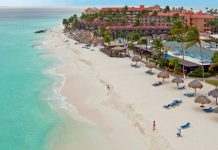
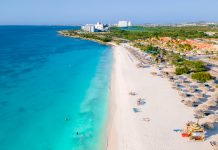

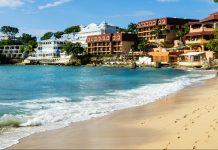
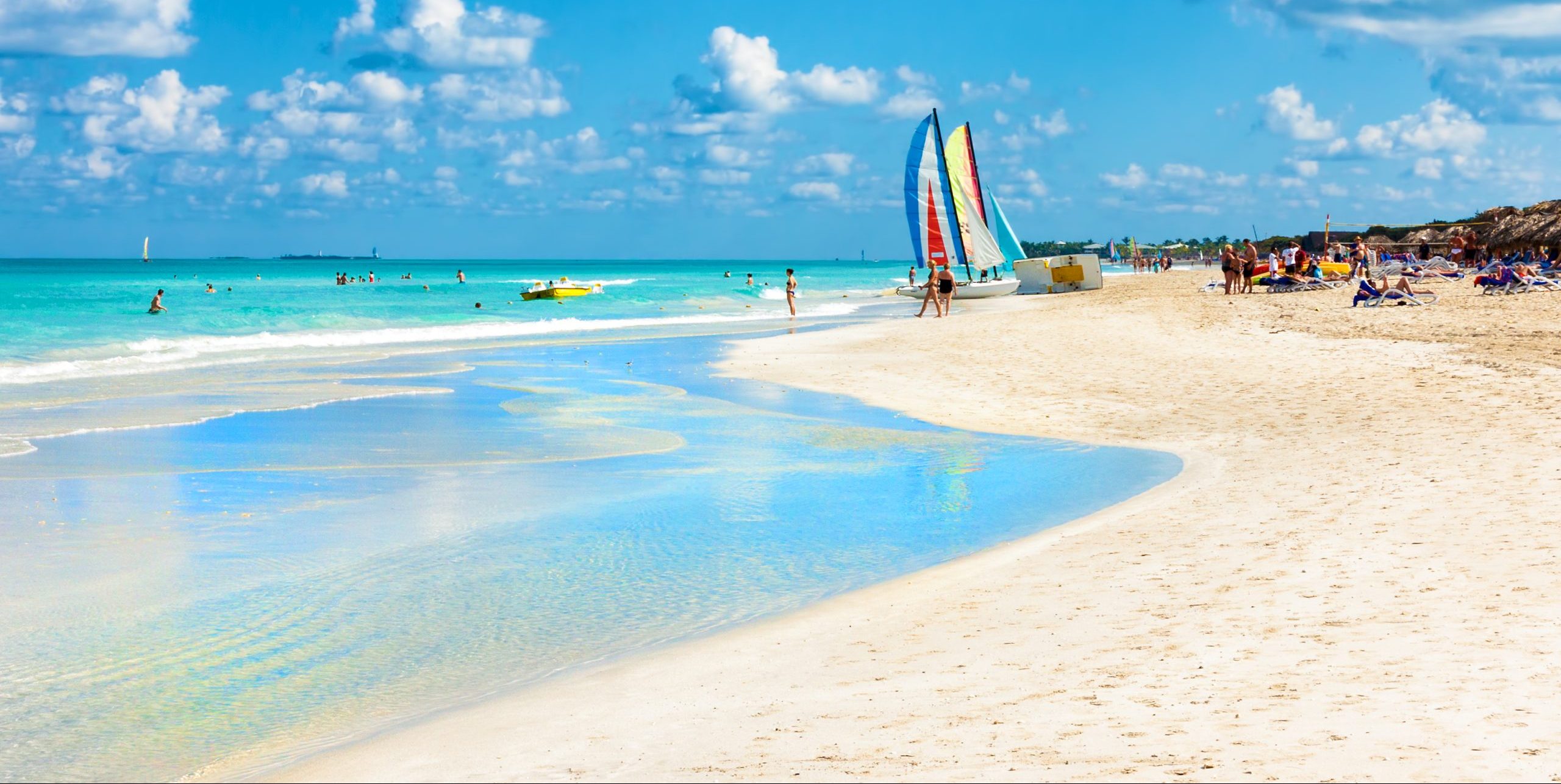

![What You Need to Know before Visiting Azul Beach Resort Negril Jamaica Gourmet All-Inclusive [Resort Review] Azul Beach Resort Pool](https://resortcaribbean.co/wp-content/uploads/2021/09/20210828_091210-2-100x70.jpg)
![Visiting Ocean Coral Spring – One of Jamaica’s Most Famous Resorts [Resort Review] Visiting Ocean Coral Spring - One of Jamaica's Most Famous Resorts](https://resortcaribbean.co/wp-content/uploads/2021/11/20211106_155809-scaled-e1716408051807-100x70.jpg)
[…] Famous Historical People in Cuba […]